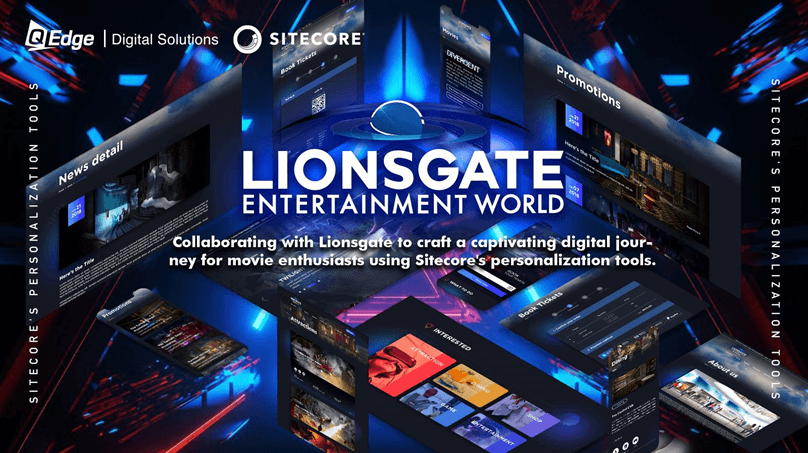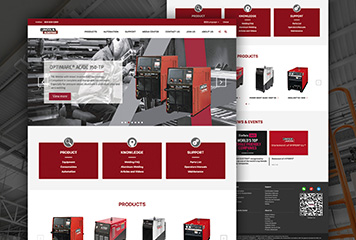SEO copywriting is a powerful technique that combines the art of captivating writing with the science of search engine optimization. By targeting specific keywords and phrases that your audience is searching for, SEO copywriting helps your content rank higher in search engine results pages (SERPs), driving more traffic to your site and increasing the likelihood of conversions.
In this article, we will explore why SEO copywriting matters and delve into the key stages of the process, from research to drafting to editing. By following these steps, you can create compelling content that not only engages readers but also ranks prominently in search engines.
Why SEO Copywriting Matters
Helps content rank higher in search engines
By strategically targeting keywords and incorporating proper on-page SEO elements, SEO copywriting improves the visibility of your content in search engine rankings. When your content ranks higher, it becomes more discoverable to your target audience, resulting in increased organic traffic to your website.
Drives more traffic to your site
Quality, search-optimized content has the potential to attract a larger audience from search engines. As more people discover your content, you have the opportunity to increase brand exposure, build authority, and attract potential customers. The more eyeballs on your content, the greater the chance of converting those visitors into leads or customers.
This leads to more conversions/sales
Effective SEO copywriting not only informs readers but also persuades them to take action. Compelling copy can guide users through the sales funnel, nurturing them from initial interest to becoming loyal customers. By crafting persuasive content that addresses their pain points and offers valuable solutions, you can increase the likelihood of conversions and sales.
Research Stage
Conduct keyword research to identify topics/questions people search for
Keyword research forms the foundation of effective SEO copywriting. Using keyword research tools, you can identify the terms and questions that have sufficient search volume and relevance to your business. These insights will guide you in creating content that aligns with what your target audience is searching for.
Understand user intent and align content accordingly
Analyzing the top-ranking pages for your target keywords helps you understand the type of content users want. Whether it's blog posts, videos, product pages, or informative guides, aligning your content with user intent increases the chances of engagement and conversions.
Create an outline covering the main topic and related subtopics
Leverage your keyword research to outline the core topic, related questions, and complementary subtopics. This comprehensive approach ensures that your content covers the breadth and depth of what users are seeking, making it more valuable and relevant.
Give content a unique angle
To stand out from the competition, add value to your content by providing a unique perspective, incorporating personal experiences, or presenting new information. By offering something distinct, your content becomes more shareable, earning backlinks and social media shares that further enhance its visibility.
Drafting Stage
Hook readers in the intro:
Capture readers' attention from the outset by using attention-grabbing statistics, emotional appeals, or employing the problem-agitation-solution formula. Engaging introductions entice readers to continue scrolling and exploring your content.
Keep them reading with transitions:
Employ transitional phrases between sections to create curiosity gaps that urge readers to continue consuming the content. These transitions maintain a smooth flow and encourage readers to stay engaged throughout the piece.
Establish credibility and proof:
Back up your claims with credible sources, expert opinions, studies, or personal experiences. By providing evidence and demonstrating your expertise, you reinforce your content's credibility, making it more trustworthy and valuable to readers.
Write in a conversational tone:
Craft your content using everyday language and avoid excessive jargon. This approach creates an informative yet relatable narrative suitable for a general audience. A conversational tone fosters a connection with readers, enhancing their engagement with the material.

Editing Stage
Optimize content for featured snippets:
Research whether your main keyword triggers a featured snippet and ensure that your content includes the requisite information to potentially secure this prominent search result. Featured snippets can significantly increase visibility and drive traffic to your website.
Improve readability:
Enhance the readability of your content by breaking up long paragraphs, sentences, and words. This approach enhances scannability and makes it easier for users to digest your content. Clear and concise writing ensures that your message is effectively conveyed.
Add multimedia elements:
Complement your words with relevant multimedia elements such as charts, infographics, images, or video clips. These visual aids not only make your content more engaging but also attract both search bots and human visitors. Visual content can help clarify complex concepts and further enhance the user experience.
Include a table of contents:
In longer articles, including a table of contents with clickable headings allows readers to navigate directly to the sections they find most relevant. This feature improves user experience, making it easier for readers to find and access the information they seek.
Conclusion
In conclusion, mastering the art of SEO copywriting is essential for creating content that ranks well in search engines and engages readers. By following the key stages of the process, from thorough research to compelling drafting and meticulous editing, you can produce high-quality, search-optimized content that drives traffic to your site and increases conversions.
Remember to conduct keyword research, understand user intent, and provide valuable insights with a unique angle. Hook readers with captivating introductions, maintain their interest with smooth transitions and establish credibility with credible sources.
Optimize your content for featured snippets, improve readability, and enhance engagement with multimedia elements. Finally, include a clear call to action that guides readers to the next step. By implementing these strategies, you can become a skilled SEO copywriter and achieve success in the digital landscape.
Why QEdge Should Be Your Partner
For any company seeking to build an interactive community website, our proven experience creating this Twitch-like platform on Sitecore is a powerful testament to our capabilities.
QEdge Digital Solutions is a certified Sitecore development agency focused on crafting specialized CMS solutions since our founding in 2008. Our extensive Sitecore expertise covers:
- Custom module and component development
- Implementation of 200+ Sitecore projects
- Sitecore architecture and infrastructure planning
- Integrations with CRMs, marketing automation, ERPs, etc.
- Performance optimization and security hardening
- Upgrades, hosting migrations, and support services
We believe the platform matters less than what you build on it. With the right blend of out-of-the-box features and custom code, we can bring your most ambitious website vision to life on Sitecore.
To learn more about our work and development process, don't hesitate to reach out to the QEdge team today. We're ready to partner with you on creating a community website that engages your audience.

Service Cases:













